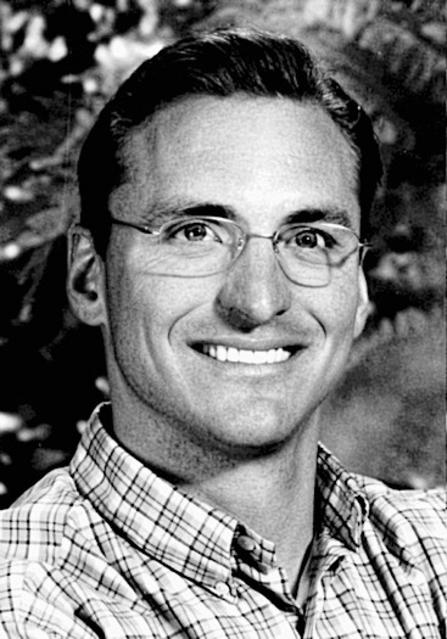Tucson Native Determined to Prove Innocence
By Stephanie Innes
Arizona Daily Star
August 7, 2007
http://www.azstarnet.com/metro/195233
Phillip Gregory Speers, a Tucson native and former Catholic school teacher, is once again headed to state prison, though he remains determined to clear his name.
Speers, 35, is facing mandatory prison after his conviction last week on two counts of child molestation, Deputy Yuma County Attorney David Haws said Monday. Haws said he believes Speers is facing a minimum of 10 years in prison on each conviction. The convictions are related to charges that Speers molested girls in the second-grade class he taught at a Yuma Catholic school during the 1999-2000 school year.
Sentencing is scheduled for Aug. 30 in Yuma. Speers, known as Greg, faces a maximum of 34 years in prison, Haws said.
After nearly four days of deliberations that followed a monthlong trial, a 12-member jury in Yuma on Thursday convicted Speers of two counts of child molestation related to two victims and acquitted him on three other charges ¡ª two other counts of child molestation and one count of sexual conduct with a minor.
 |
| Phillip Gregory Speers, known as Greg |
Speers was convicted on charges of child pornography and child molestation in separate trials in 2002 and 2003. But in decisions in 2004 and 2005, the Arizona Court of Appeals reversed both convictions, giving the Speers family hope that his name would be cleared. Speers, who had been in state prison, was transferred to the Yuma County Jail, where he will remain until sentencing.
Haws said he did not know when and if Speers would be retried on the child-pornography charges.
Speers has always maintained his innocence, as have his family members in Tucson. He says he was made a scapegoat by the Roman Catholic Diocese of Tucson and that the state's case against him was a witch hunt.
"We won't quit ¡ª believe me," Speers' mother, Charlotte Speers, said Monday, adding that she was disappointed by the jury's decision last week. "There's every reason to believe this once more will be overturned on appeal. There are significant constitutional violations that we can take to the highest possible level if needed. We will not cease fighting this injustice until Greg is found innocent on all charges."
To settle civil claims, the diocese's insurance company in 2003 paid $1.8 million to the families of five girls who said Speers molested them. Yuma is part of the Tucson Diocese.
The case began on April 28, 2000, when Speers said he heard a little girl in his class at St. Francis Assisi Catholic School comment that he had asked her to take her clothes off. Speers got upset and contacted a school official.
Soon, more girls came forward, and then a mother said she thought she'd seen something strange through a classroom window a few months before. Speers' Yuma apartment was searched, and by May 3, 2000, he was arrested.
After a trial in 2002, Speers was convicted of possessing two pieces of child pornography that police said they found in temporary Internet files in his computer. Speers was sentenced to 34 years in prison.
A second, five-week trial on the molestation charges resulted in a 71-year prison term.
The Court of Appeals overturned both convictions, saying Speers should have been allowed to call expert witnesses to talk about the implantation of false memories in children, and that he should have been allowed to have friends, family members and co-workers give testimony about his character.
Speers is a 1990 graduate of Salpointe Catholic High School. He grew up attending Our Mother of Sorrows Catholic Church, on Tucson's East Side.
The University of Arizona graduate also holds a master's degree in theology from the University of Scranton, and at one time he was studying to be a priest.
Contact reporter Stephanie Innes at 573-4134 or sinnes@azstarnet.com.
Any original material on these pages is copyright © BishopAccountability.org 2004. Reproduce freely with attribution.